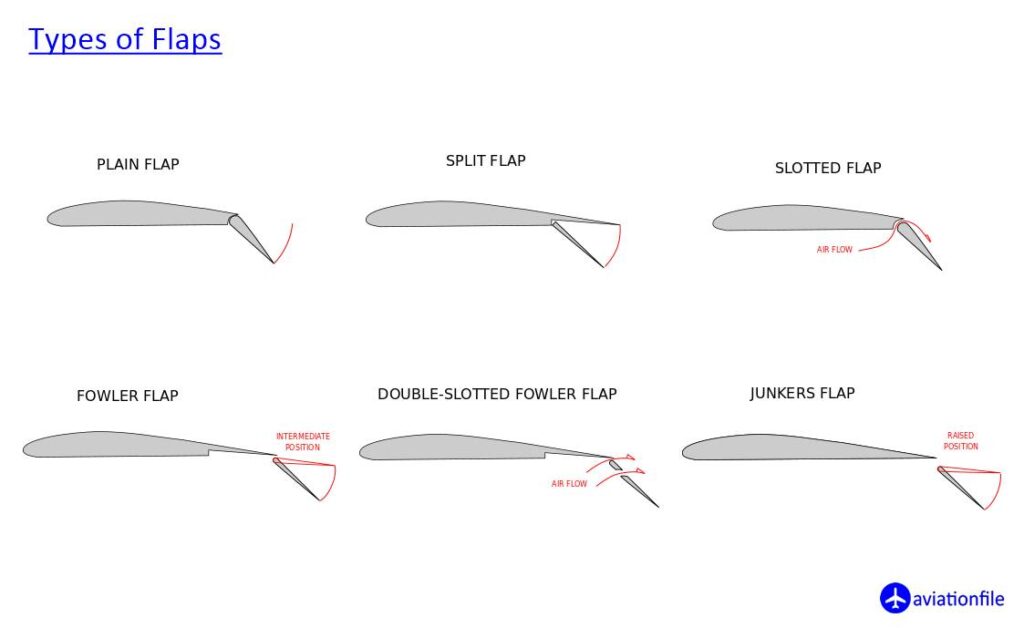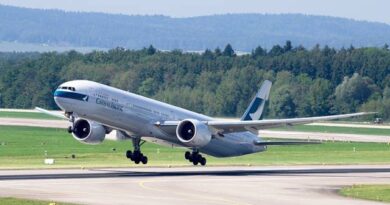Understanding Aircraft Flaps: Definitions, Types, and Their Role in Aviation
What is Flap of an Aircraft? What Does It Do?
It is the flap movements that those who sit close to the wing on air travel are surprised when they first see it. While these movements make some people uneasy, they also attract the curiosity of others. Feeling anxious and/or curious are all probable. Because aircraft terminology contains concepts that we cannot find easily in daily life. One of these concepts is Flap. What is this very important part for the plane, how it is used and what are the types of flaps, we will talk about it in this article.
What is Flap?
The flaps are one of the functional parts located at the trailing edge of aircraft wings. As with every detail of the plane, it has important roles. To explain what the flap works in aircraft under a few headings.
- *When extended, they increase the surface area of the wing.
- *Flaps Provide additional lift and drag force when extended.
- *Flaps decreases the stall speed of the aircraft.
- *When the plane is on landing phase, it decreases the speed of the plane when extended because it increases drag force, causing the plane to land at a lower speed and stop at shorter distance.
- *While take-off, it increases the wing chamber, making it easier for the aircraft to take off in a short distances.
- *Flaps improves the landing and takeoff performance of aircraft.
- * The flaps have an angle between 35′ and 40′ when fully opened.

Types of Flaps
The flaps has various types and each type has its own special features. Large aircraft can sometimes contain more than one flap type using different wing designs on the inside and outside of the wing. To briefly touch on them;
Plain Flap
It is generally preferred in small aircrafts. It is usually attached with the help of hinges. The rear part of the wing profile turns downward, increasing the lift and reducing the speed of the aircraft.
Split Flap
The rear portion of the lower surface of the wing aerofoil hinges downwards from the leading edge of the flap, while the upper surface remains immobile.
Fowler Flap
A split flap that slides rearwards level for a distance prior to hinging downwards. It thereby first increases chord (and wing surface area) and then increases camber. This produces a flap which can optimise both takeoff (partial extension for optimal lift) and landing (full extension for optimal lift and drag) performance. This type of flap or one of its variations is found on most large aircraft.
Slotted Flap
They are similar in structure to a plain flap. There is a slit between the flap and the main wing. Thanks to this slit, a part of the air in the lower part of the wing moves to the upper side, preventing the air nets on the upper surface of the wing from leaving the surface.
Double Slotted Fowler Flap
This design improves the performance of the Fowler flap by incorporating the boundary layer energising features of the slotted flap.
Generally, these types of flap are used. In what degee these flaps will be used depends on many factors like the length of the runway, weight of the aircraft and weather conditions.
Operational Scenarios: Flap Usage in STOL and Adverse Weather
Flaps are vital for optimizing performance during short takeoff and landing (STOL) operations and in adverse weather conditions.
STOL Operations
In STOL operations, flaps are partially or fully deployed to increase lift, allowing aircraft to take off quickly and land precisely on short runways. This capability is essential for operations on remote or unpaved airstrips, as seen in aircraft like the Twin Otter.
Adverse Weather
In poor weather, flap settings are adjusted to balance lift and control:
- Heavy Rain: Moderate flap angles ensure lift without excessive drag.
- Crosswinds: Limited flap deployment improves stability.
- Icing Conditions: Minimal use reduces ice accumulation risks.
These adjustments enhance safety and control, making flaps indispensable for efficient and secure flight in challenging conditions.
For wind and components article.



nice content… congrats.